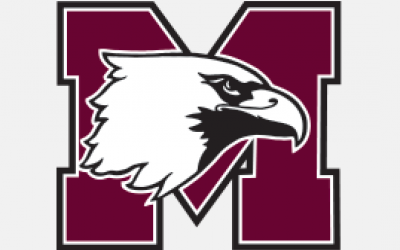MCL SPRAIN (MEDIAL COLLATERAL LIGAMENT)
Medial collateral ligament (MCL) sprains are knee injuries. The MCL is the ligament located on the inside of your knee joint. It links your thighbone (femur) and shinbone (tibia).
September 26, 2018
OVERVIEW
What Are MCL injuries?
Medial collateral ligament (MCL) sprains are knee injuries.
The MCL is the ligament located on the inside of your knee joint. It links your thighbone (femur) and shinbone (tibia).
MCL and LCL sprain causes
The two most common causes of MCL sprains are when:
- Force is applied to the outside side of your knee and pushes it inward during sports.
- You catch your foot in the ground and try to turn to the side, away from the planted leg.
MCL sprain risk factors
You increase your risk of an MCL sprain if you play contact sports, like football or soccer.
SYMPTOMS
MCL sprain signs and symptoms
If you sprain your MCL, you may have symptoms such as:
- Knee pain and swelling.
- Tenderness over the injured ligament.
- Weakness or instability at your knee joint.
MCL sprain diagnosis
To diagnose an MCL sprain, your physician will take a complete history of the injury and assess your symptoms.
Questions they will ask you:
- How the MCL sprain happened.
- What type of movement caused the knee injury
- Whether you heard a pop.
- Where — and how much — your knee hurts.
- Whether the knee feels unstable.
- Details about any prior knee injuries.
Next, your physician will perform a physical exam of the knee to check the stability of the ligaments.
Your physician may also order imaging tests — such as x-rays and MRI scans — to get a precise picture of the extent of damage to your knee.
TREATMENT
MCL Treatment
MCL sprain treatment depends on how severe the knee injury.
Physicians grade MCL sprains based on three levels of severity:
- Grade I MCL sprain = damage is mainly overstretching to only a few knee ligament fibers.
- Grade II = damage and tearing to a more extensive number of ligament fibers, but the ligament remains intact.
- Grade III = complete tear of the knee ligament.
Treatment for Grade I or II MCL sprains
If you have a Grade I or Grade II MCL knee sprain, your physician will likely prescribe the following treatments:
- The P.R.I.C.E. method (protection, rest, ice, compression, elevation).
- A knee brace for a short time.
Grade III MCL sprain treatment
For most Grade III MCL sprains, physicians will use many of the same conservative treatments as they do for less severe knee sprains.
These treatments may include:
- P.R.I.C.E.
- Physiotherapy exercises
- Knee bracing
For severe Grade III MCL sprains, physicians may suggest surgery to repair the torn knee ligaments.
Recovery time for an MCL sprain is usually between four to six weeks. This may vary depending on the grade of your MCL sprain.
Content supplemented by UPMC Sports Medicine
